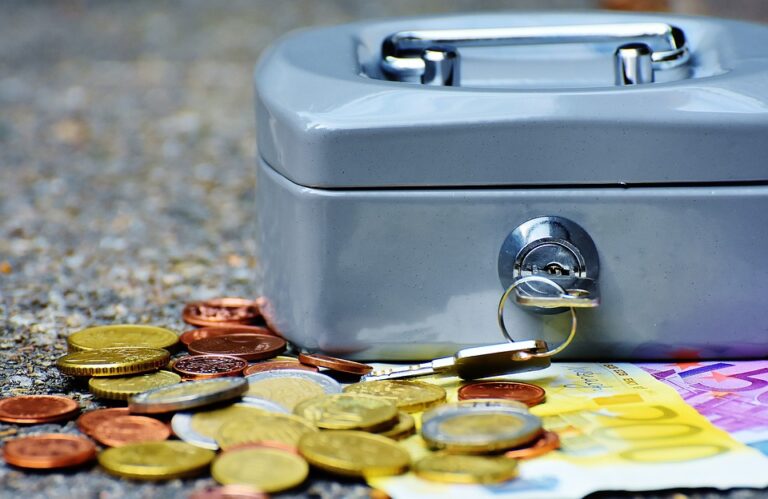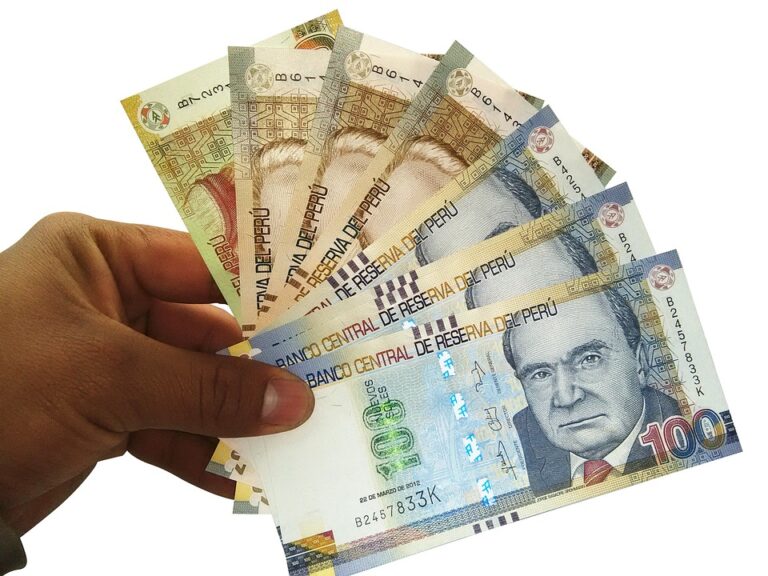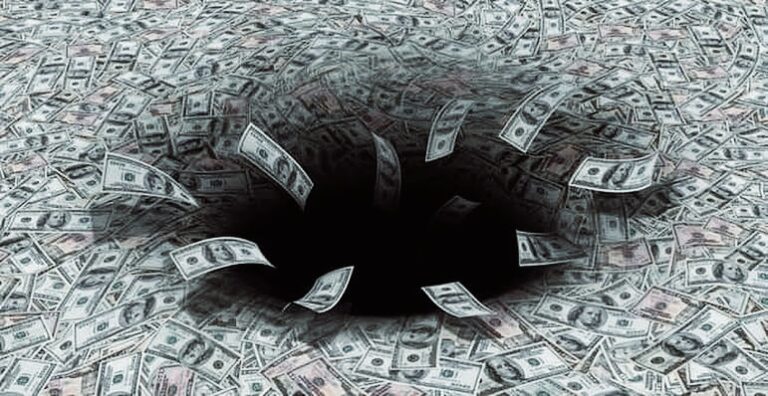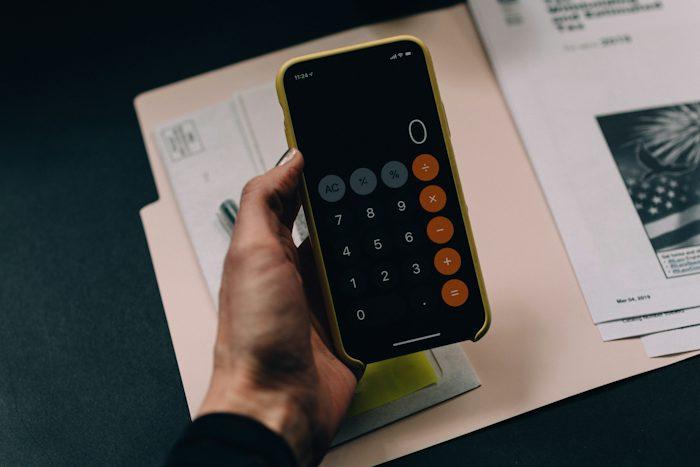Last updated Jun. 19, 2024 by Peter Jakes
Writing a check to oneself might seem like a strange concept at first, but it is indeed possible and can be quite practical in certain situations. Whether it’s for transferring funds between accounts, withdrawing cash, or establishing paper trails for transactions, writing a check to yourself can serve multiple purposes.
In this article, we will explore the legality, benefits, and limitations of writing a check to yourself. We’ll also look at the scenarios in which writing a check to oneself can be useful, and provide a step-by-step guide on how to do it properly. Finally, we’ll address some frequently asked questions to clarify any uncertainties you might have regarding this practice.
What Does It Mean to Write a Check to Yourself?
Writing a check to yourself means you are the payee and the drawer at the same time. In other words, you write your own name on both the "Pay to the Order of" line and the signature line of the check. This essentially means you are giving yourself permission to transfer money from one of your accounts to another, or to cash it out.
Is It Legal to Write a Check to Yourself?
Yes, it is perfectly legal to write a check to yourself. Financial institutions recognize checks written to oneself as valid transactions, provided that the drawer has sufficient funds in their account to cover the check amount. However, writing a check to oneself for fraudulent purposes or to deceive creditors is illegal and can lead to severe penalties, including criminal charges.
Why Would You Write a Check to Yourself?
1. Transferring Money Between Accounts
One of the most common reasons for writing a check to oneself is to transfer funds between different bank accounts. For example, you might want to move money from your checking account to your savings account, especially if you prefer not to do electronic transfers or face technical issues with online banking.
2. Withdrawing Cash
If you need to withdraw a large sum of cash and an ATM isn’t an option, you can write a check to yourself and cash it at a bank. This method can be used for amounts that exceed daily ATM withdrawal limits or if you need specific denominations that an ATM can’t provide.
3. Documentation and Paper Trails
Writing a check to yourself can also be a way to document transactions for personal or business accounting purposes. It creates a paper trail that can be used to confirm that the transaction took place, which can be useful for audits or tax purposes.
4. Avoiding Bank Fees
In some cases, online transfers between different banks may incur fees. Writing a check to yourself and depositing it into another account can sometimes be a workaround to avoid these transfer fees.
5. Loan Payments
If you have multiple loans or debts to pay off, you might write yourself a check to gather all needed funds into one account, from where you can then make a lump-sum payment to your creditors.
Limitations of Writing a Check to Yourself
1. Processing Time
Unlike electronic transfers that can be instant or take a day at most, checks take longer to process. It can take several business days for the check to clear, which might be inconvenient if you need the funds urgently.
2. Bank Policies
Different banks have different policies regarding personal checks. Some might not accept a check written to oneself or may impose specific conditions for cashing such checks. Always check with your bank to understand its policies.
3. Risk of Fraud
Writing a check to oneself could expose you to risks if the check is lost or stolen. Someone could potentially alter the check if it falls into the wrong hands, although banks do have measures to identify and prevent check fraud.
Step-by-Step Guide to Writing a Check to Yourself
Step 1: Fill Out the Date
Write the current date on the top right corner of the check. This is the date when the check is written and will be processed based on this date.
Step 2: Write Your Name
In the "Pay to the Order of" line, write your own name. This indicates that you, the drawer, are also the payee.
Step 3: Enter the Amount
Write the amount you wish to transfer or withdraw in both numeral and written forms. For example, if you are writing a check for $500, write "500.00" in the small box and "Five hundred and 00/100" dollars on the line below.
Step 4: Signature
Sign the check at the bottom right corner. This is your authorization for the transaction and confirms that you are giving yourself permission to withdraw or transfer the specified amount.
Step 5: Memo (Optional)
You can write a memo in the designated area to note why you are writing the check. This can be useful for your own records and helps create a paper trail for the transaction.
Step 6: Deposit or Cash the Check
You can either deposit the check into another account by visiting your bank or using a mobile deposit feature if your bank offers one. Alternatively, you can cash the check at your bank to receive the funds in cash.
FAQs
1. Can I write a check to myself if my accounts are in different banks?
Yes, you can write a check to yourself and deposit it into another bank account. This is a common method used to transfer money between accounts at different banks. However, be aware of any potential fees and the processing time, which may take several business days.
2. Are there any risks involved in writing a check to myself?
While writing a check to yourself is generally safe, there are some risks. If the check is lost or stolen, someone could potentially alter it. Additionally, checks take time to process, which could be inconvenient if you need immediate access to your funds.
3. Can I write a check to myself for any amount?
In theory, you can write a check to yourself for any amount, provided you have sufficient funds to cover it in your account. However, if the amount is unusually large, it might raise red flags at the bank. Always make sure the amount can be substantiated to avoid any issues with your bank.
4. Will my bank charge fees for writing a check to myself?
Most banks do not charge fees specifically for writing a check to yourself. However, different banks have different fee structures, so it’s wise to check with your bank to understand any potential charges associated with check transactions.
5. Can I write multiple checks to myself in a short period?
While there are no laws against writing multiple checks to yourself, it could draw scrutiny from your bank, especially if the transactions are for significant amounts and occur frequently. This could lead to questions or temporary holds on your account.
6. What should I do if I lose a check written to myself?
If you lose a check written to yourself, contact your bank immediately to stop payment on the lost check. This will prevent anyone who might find it from cashing or depositing it. Your bank may charge a fee for this service, but it’s better than potentially losing a large sum of money.
7. Can I write a post-dated check to myself?
Yes, you can write a post-dated check to yourself. However, keep in mind that banks may not honor the date and could process the check as soon as it is deposited. Make sure you have enough funds in your account to cover the check when it is cashed or deposited.
8. Can I endorse the back of the check to someone else instead of cashing it myself?
Yes, you can endorse the back of the check to transfer it to a third party, just as you would with any other check. However, this transfers the right to cash or deposit the check to the endorsed party.
9. Are there online alternatives to writing a check to myself?
Yes, many banks offer online funds transfer services which can be faster and more convenient than writing a check to yourself. Services like Zelle, PayPal, or direct wire transfers can be used to transfer money instantly between accounts within the same bank or different banks.
10. What should I write in the memo line for a check to myself?
The memo line is optional, but you can use it to note the purpose of the check. For example, you might write "Transfer to savings" or "Cash withdrawal" to document why the check was written.
11. Can I deposit a check written to myself using mobile deposit?
Yes, many banks offer mobile deposit services through their apps, which allow you to deposit a check by taking a photo of it. Make sure to follow the bank’s instructions and confirm that the deposit went through successfully.
12. What happens if a check written to myself bounces?
If a check written to yourself bounces due to insufficient funds, you may incur overdraft fees or returned check fees from your bank. This could also negatively impact your banking relationship and credit score. Always ensure you have sufficient funds to cover the check amount.
13. Is writing a check to myself a good way to build a paper trail for business transactions?
Yes, writing a check to yourself can be a good way to create a paper trail for business transactions, especially if you need to document the transfer of funds between your personal account and your business account.
14. Can I write a cashier’s check to myself?
Yes, you can obtain a cashier’s check made out to yourself from your bank. Cashier’s checks are guaranteed by the bank and often used for larger, more secure transactions.
Writing a check to yourself is a practical tool that offers flexibility for various financial needs. Whether it’s transferring funds, withdrawing cash, or maintaining a clear record of transactions, understanding how to properly and safely utilize this method can be beneficial for managing personal finances.
Always stay mindful of the limitations, and double-check your bank’s policies to ensure a smooth and trouble-free transaction experience.





